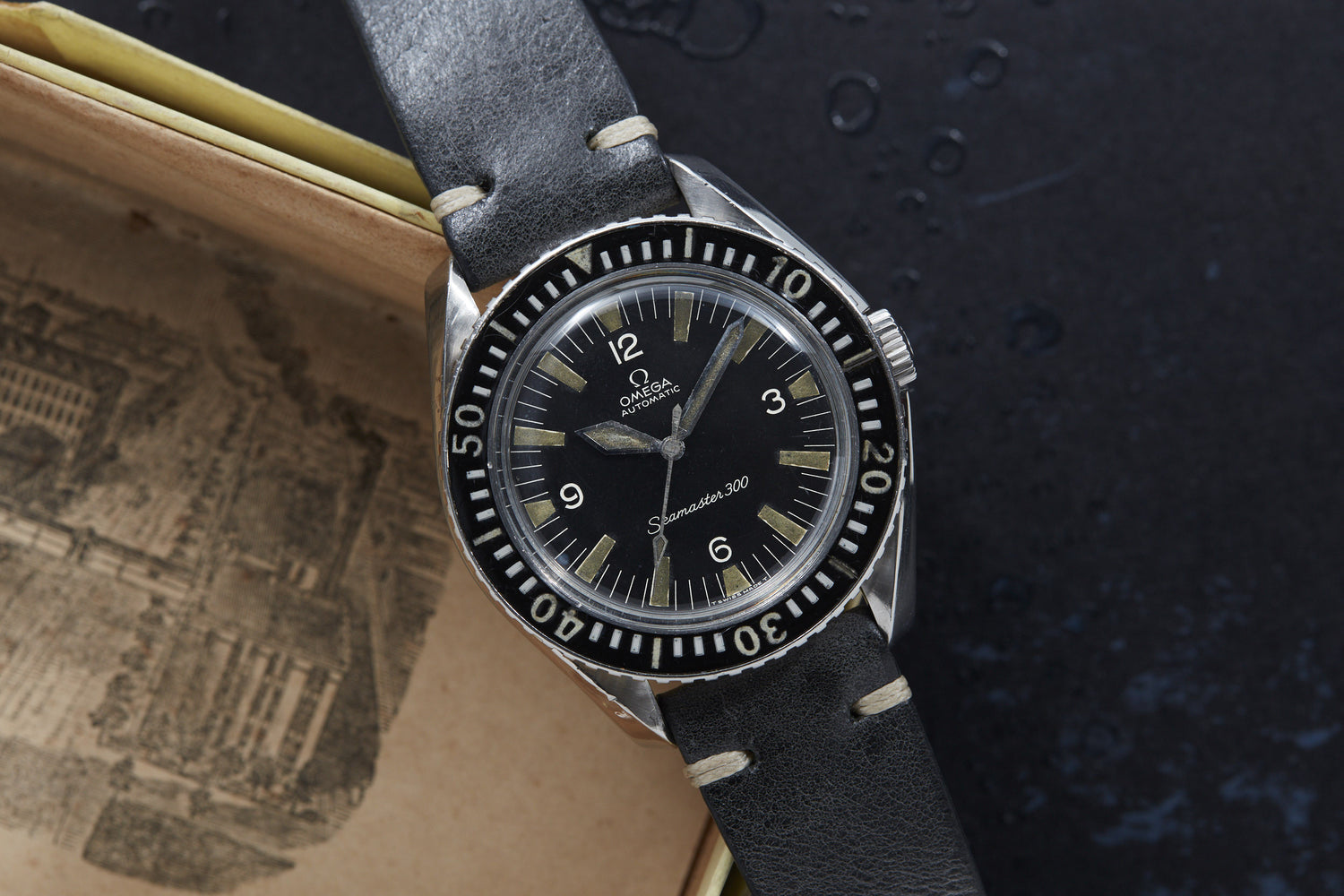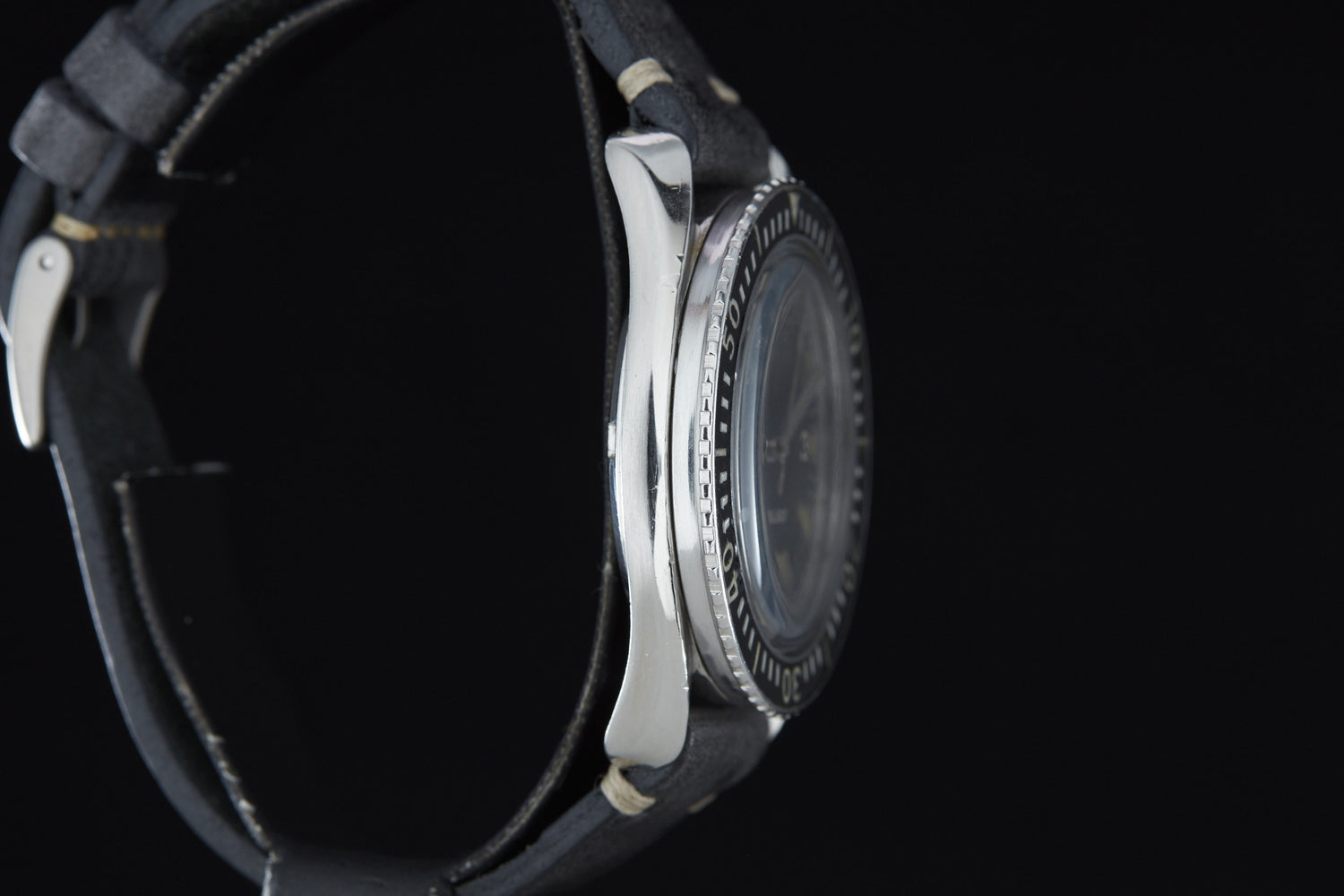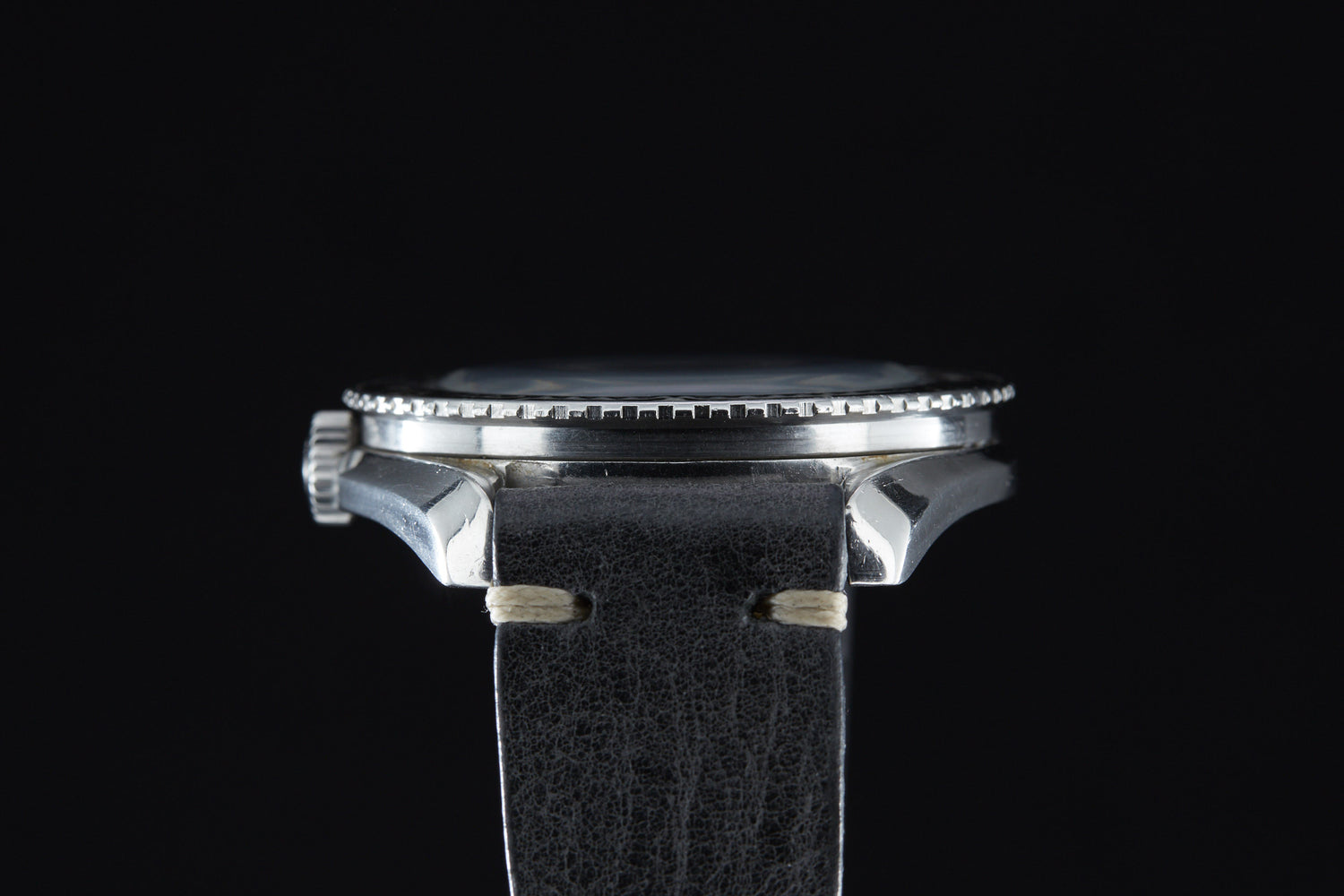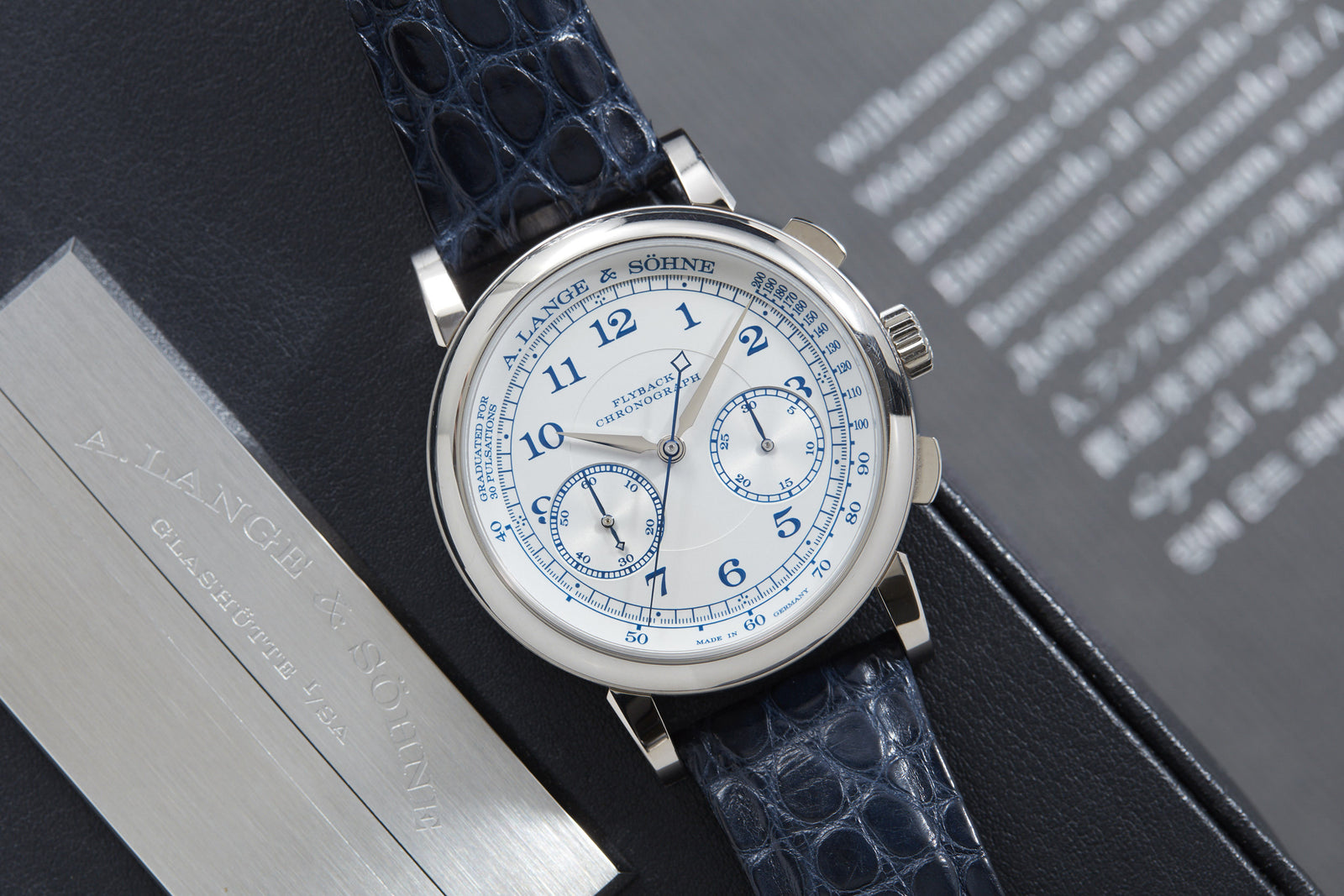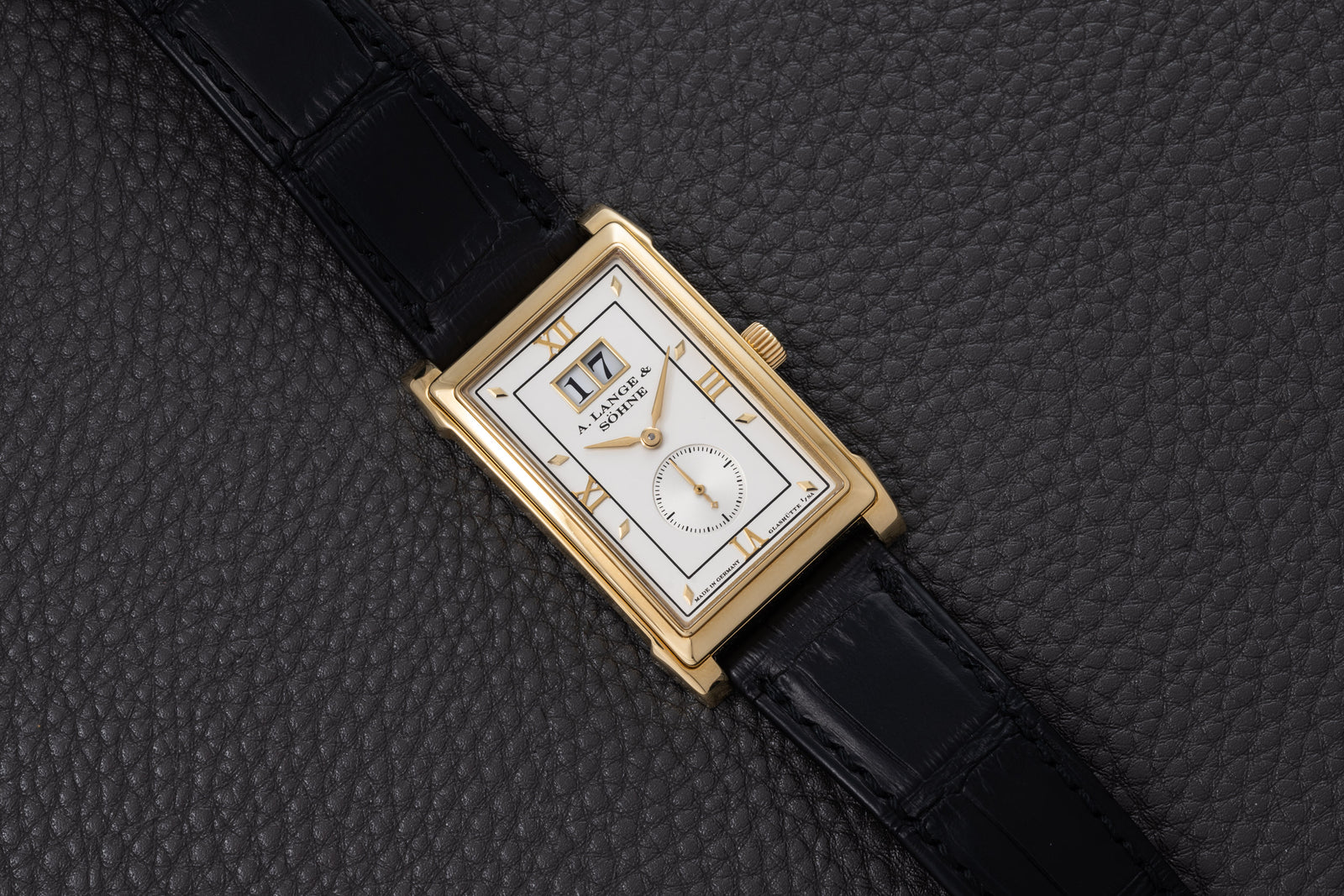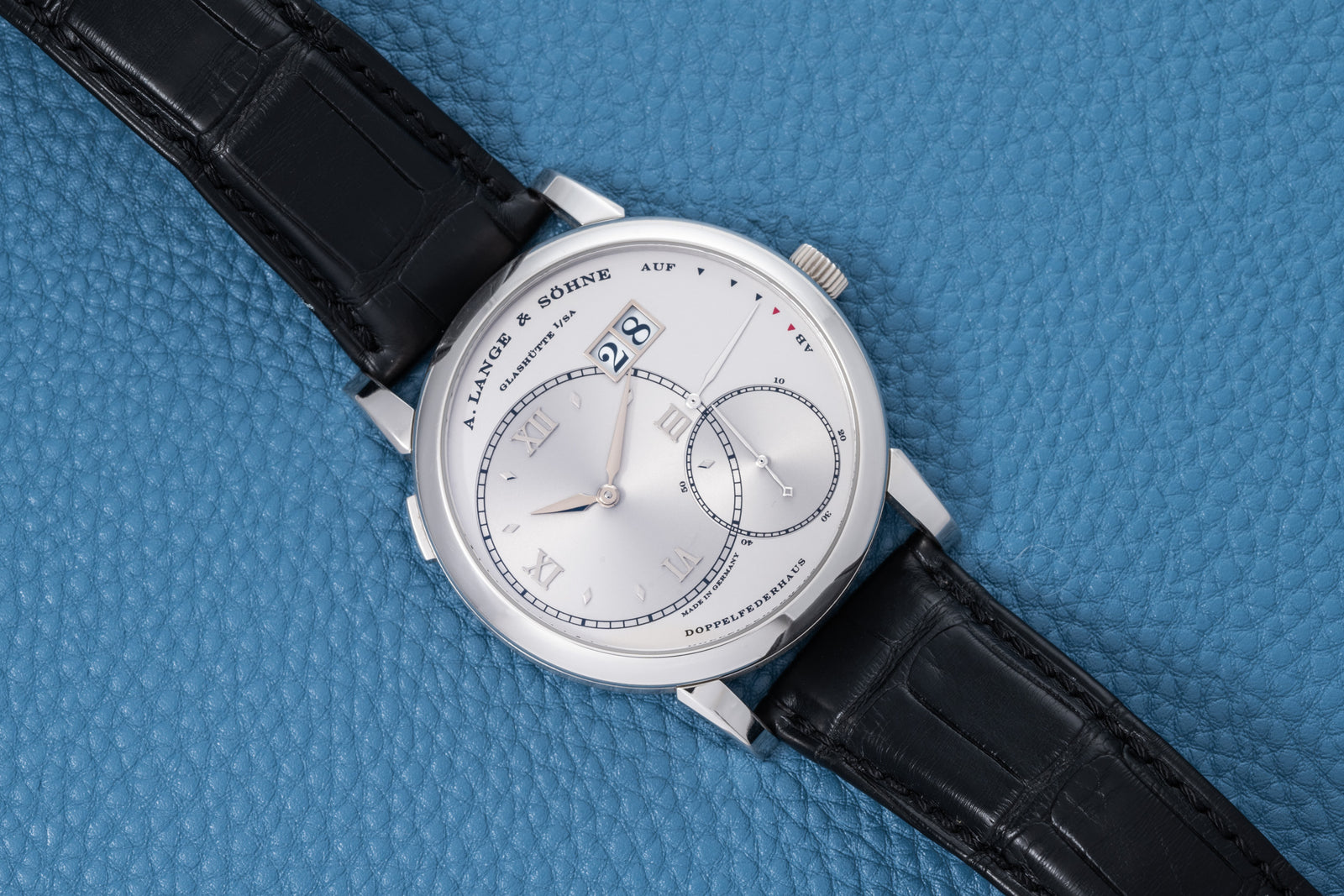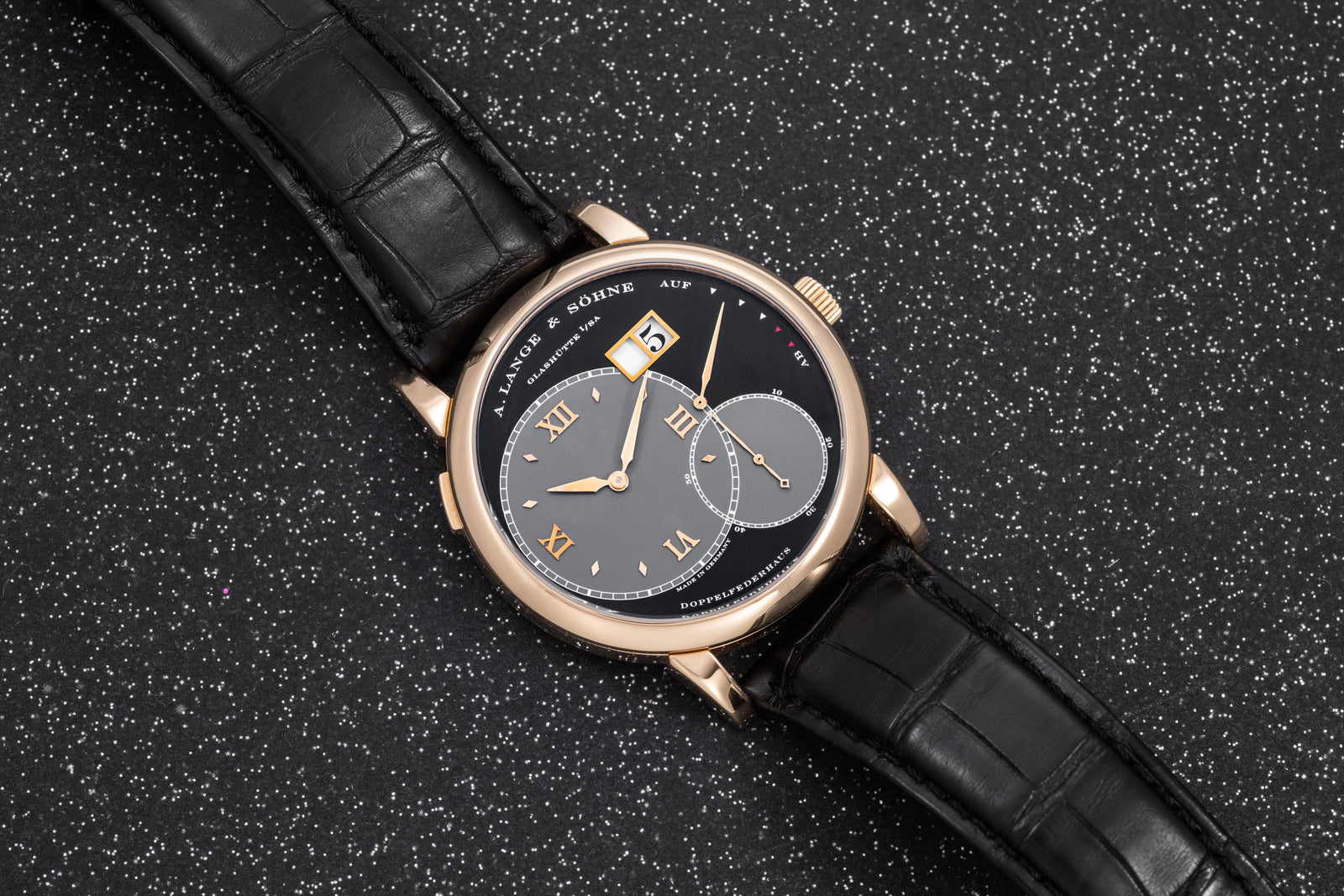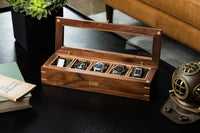Omega Seamaster 300
- Soldspan>
- Sold
Why We Love it
–
Why We Love it
–During the Second World War, the Axis and Allied powers laid over a million mines in the world’s oceans.
After the war, much of the burden fell on Britain's Royal Navy to clear them.
From the late 1940s to the 1970s, flotillas of Her Majesty's minesweepers trawled the world’s waters seeking unexploded ordnance. Many of these vessels were leftover from the First World War, and were again utilized after the fall of the Axis powers. Many were made of wood, aluminum, or other non-ferrous materials, to resist triggering magnetic mines, and were soundproofed to protect against acoustic mines.
Minesweeping was quite literally slow-going work, since many of these minesweepers were small ships powered only by diesel engines. And the methods for detecting the mines were primitive: in the “Double-L Sweep” method, two ships would tow an electrical cable between them that emitted a magnetic field in the seawater. Moreover, the dangerous nature of the job meant that the casualties did not end even in peacetime—in the thirty years following the Axis powers’ unconditional surrender, over five hundred ships were destroyed by unexploded mines.
Alongside these minesweepers were other vessels tasked with coming to the aid of sunken or stricken ships. Salvage vessels were equipped with underwater television cameras and SONAR, as well as equipment for submarine rescue work. Perhaps the most famous of these was the HMS Reclaim, which was—at the time of her commissioning in 1949—the only ship in the Royal Navy capable of deep diving operations.
Towards the end of the World War II, the Royal Navy formed units of specialized divers—Rendering Mines Safe (RMS), Bomb Disposal Units, and Port Clearance or "P Parties". They saw action soon after D-Day, clearing away the debris and unexploded ordinance left behind by the massive Allied invasion. These divers systematically cleared the harbors of France and Germany, including Bremen, in which sixty bombs were cleared alone.
In March of 1952 these units metamorphosed into the Clearance Diving Branch under Admiralty Fleet Order 857/52. While most of the active divers qualified as Shallow Water Divers, they were soon joined by officers who were Qualified in Deep Diving. It was that last category that would bring the Clearance Diving Branch the most notoriety.
It was from the HMS Reclaim that two officers—both in the Clearance Diving Branch—would set world records for deep diving. Petty Officer Wilfred Bollard was the first, reaching 535 feet in 1948. Eight years later, Lt. George Wookey would set a new record, descending to 600 feet in Sor Fjord, Norway, on October 12, 1956.
Many of these divers would wear a watch that debuted a year after Lt. Wookey’s feat: the Omega Seamaster 300.
As recreational diving became more widespread, brands such as Blancpain and Rolex released purpose-driven dive watches. Naturally, these watches often found a place on the wrist of Clearance Divers like Lt. Wookey. Omega would follow suit in 1957 with the Omega Seamaster 300.
With its asymmetrical steel case and large rotating Bakelite bezel, the Seamaster 300 proved ideal for both recreational and military diving. Several iterations would follow after the first models released in 1957, some fitted with date mechanisms and some without. This particular example, a Reference 165.024 dating from circa 1966, is one of the latter.
Though a civilian version, the Reference 165.024 is nevertheless a classic military-styled purpose-built diver, with handsome good looks that only have improved with age.
This particular example features a strong, honest case with normal wear. The aging and patination of the bezel insert, dial, and hands speak of thousands of hours in sun and sea. Stylish and sturdy, it’s the perfect summer companion—whether deep diving or desk-diving.
A:S Guarantee
+
A:S Guarantee
+Our Pledge
Analog:Shift stands behind the authenticity of our products in perpetuity.
Condition
Since our pieces are vintage or pre-owned, please expect wear & patina from usage and age. Please read each item description and examine all product images.
Warranty
We back each Analog:Shift vintage timepiece with a one-year mechanical warranty from the date of purchase.
International Buyers
Please contact us prior to purchase for additional details on shipping and payment options.
Shipping & Returns
+
Shipping & Returns
+All of our watches include complementary insured shipping within the 50 states.
Most of our products are on hand and will ship directly from our headquarters in New York City. In some cases, watches will be shipped directly from one of our authorized partners.
We generally ship our products via FedEx, fully insured, within 5 business days of purchase. An adult signature is required for receipt of all packages for insurance purposes. Expedited shipping is available at an additional cost. We are also happy to hand deliver your purchase in Manhattan or you may pick it up at our showroom.
Returns must be sent overnight or by priority international delivery, fully insured and paid for by the customer. A restocking fee may apply. Watches must be returned in the same condition as initially shipped.
We welcome international buyers, please contact us prior to purchase for additional details on shipping and payment options.








Omega Seamaster 300
- Soldspan>
- Sold

